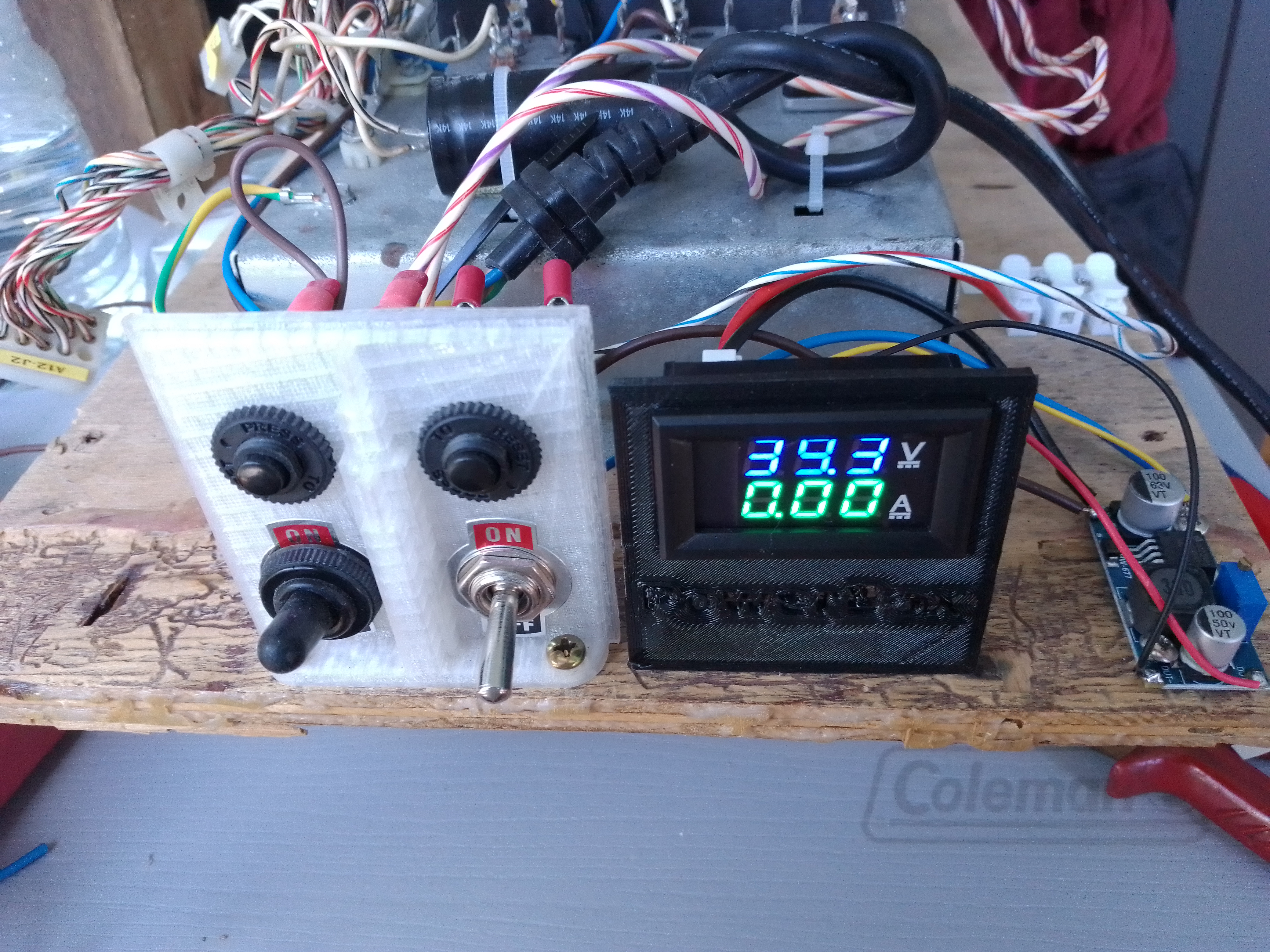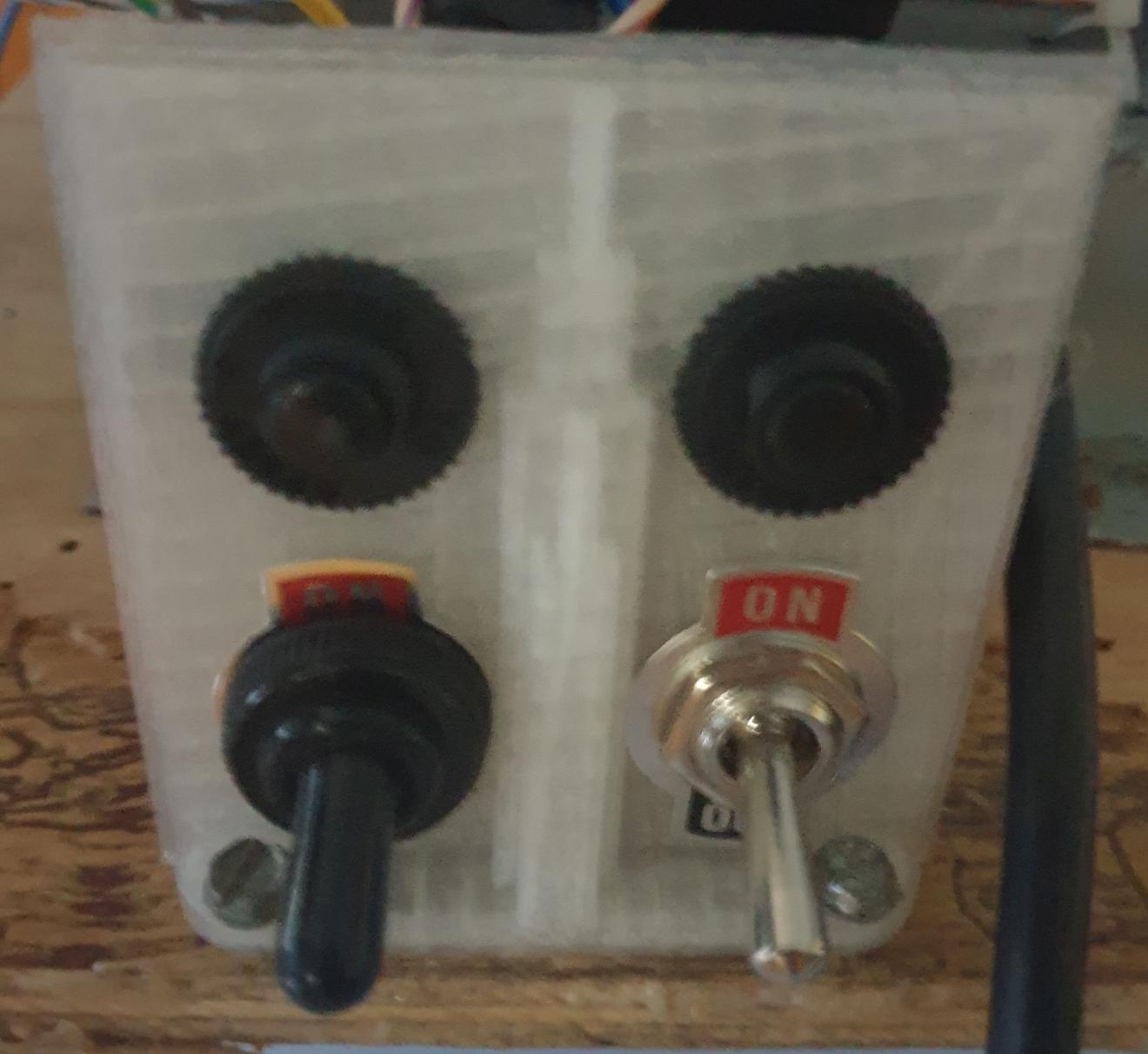Power Supply #4
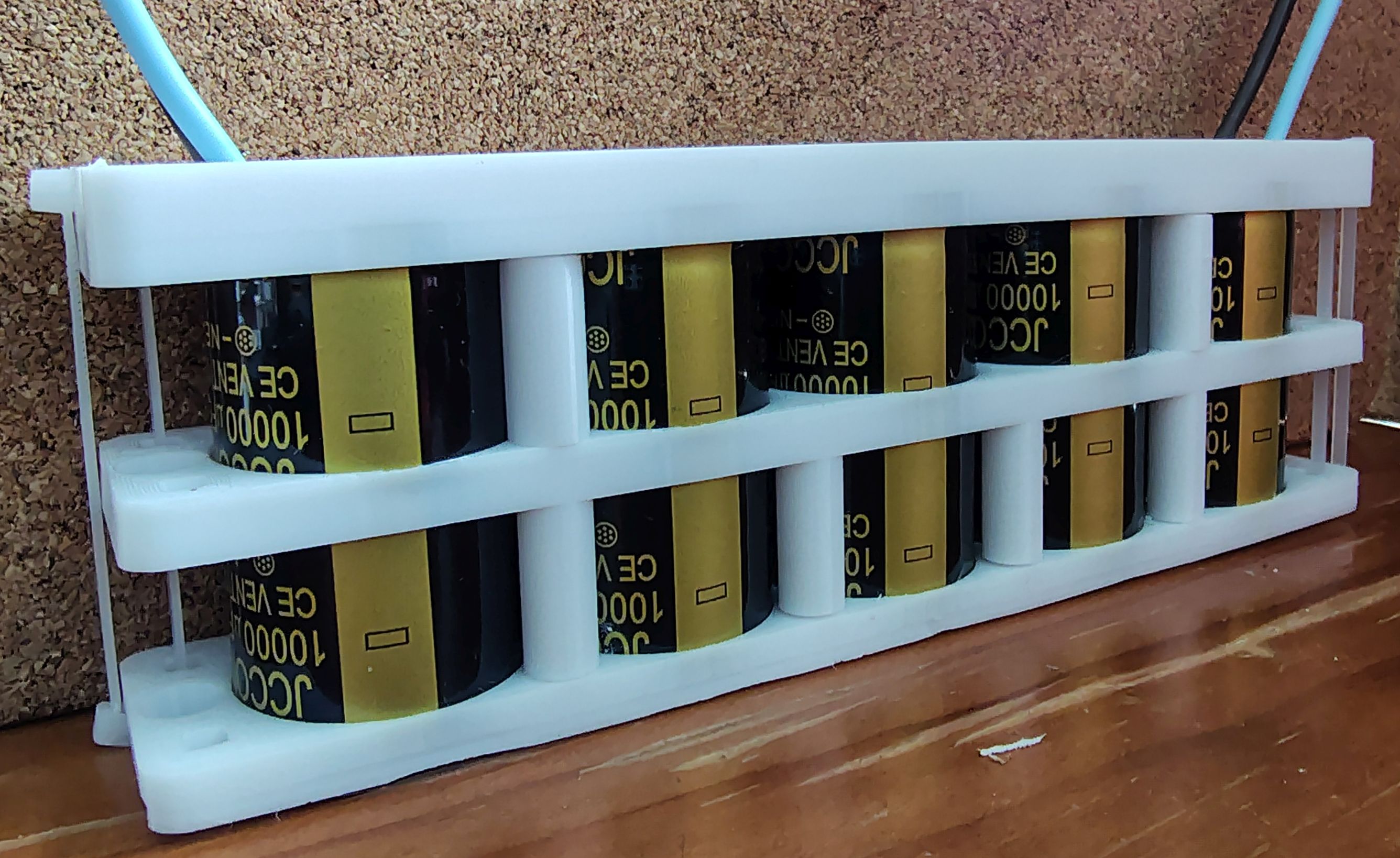
Capacitors
So, even with a big beefy power transformer, and nice thick wires, you can never get enough current to a coil.
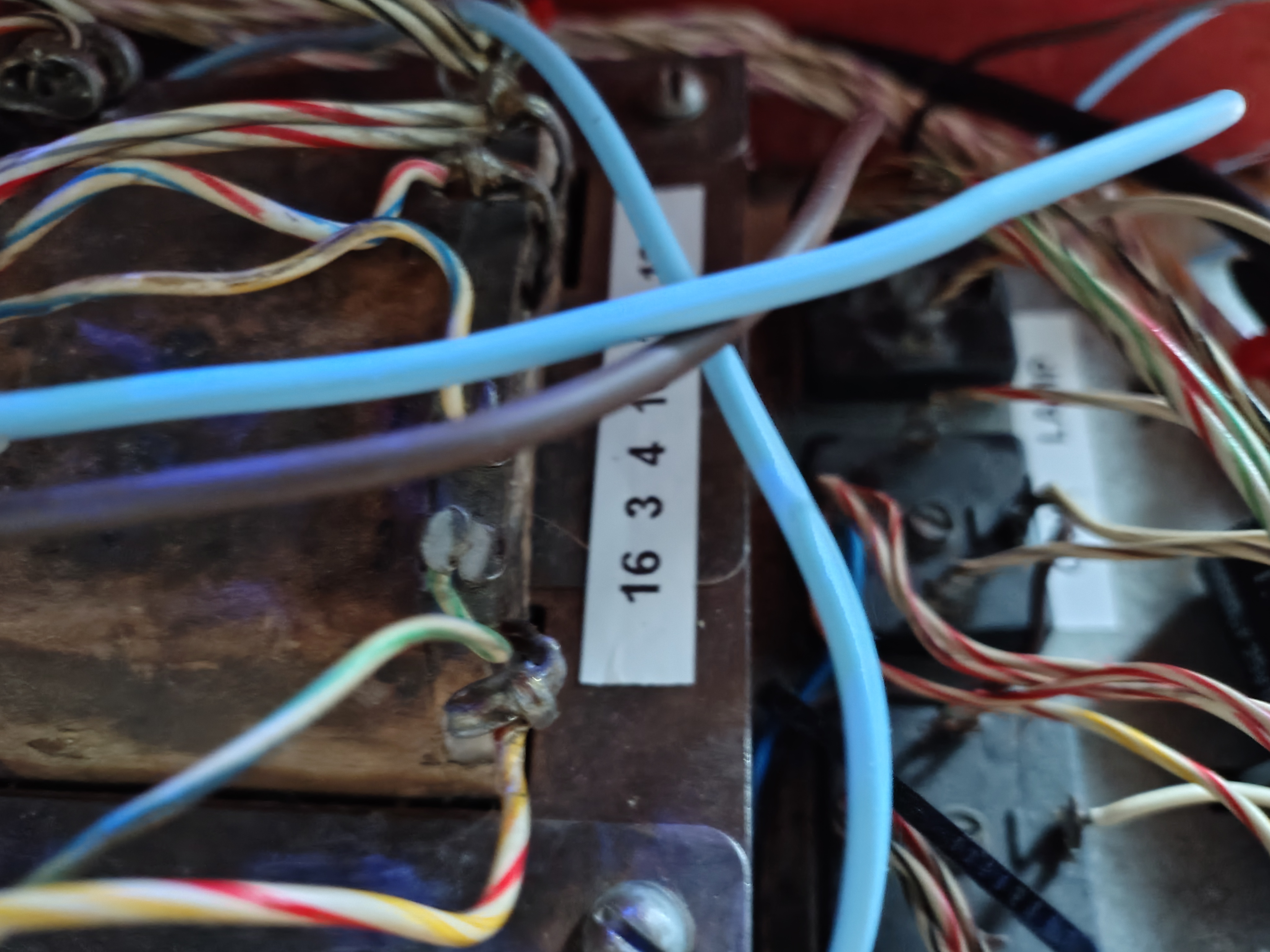
Enter the Capacitor Caddy™.
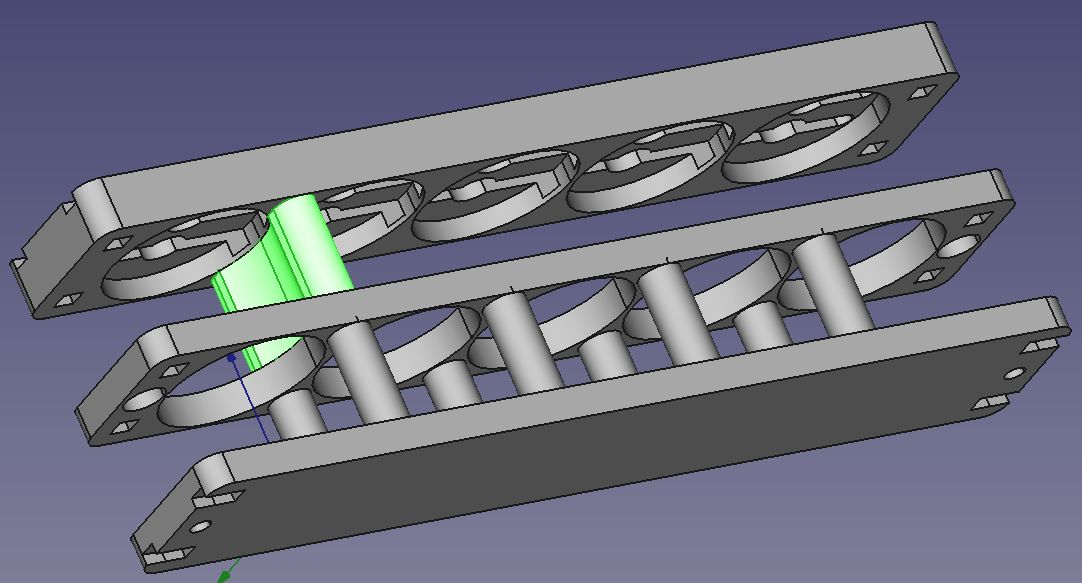
This fantastic device allows a bunch of reasonably priced Capacitors to be ganged up into a decent fast release energy store - just the thing for those pesky lethargic coils.
The parts are 3D printed:
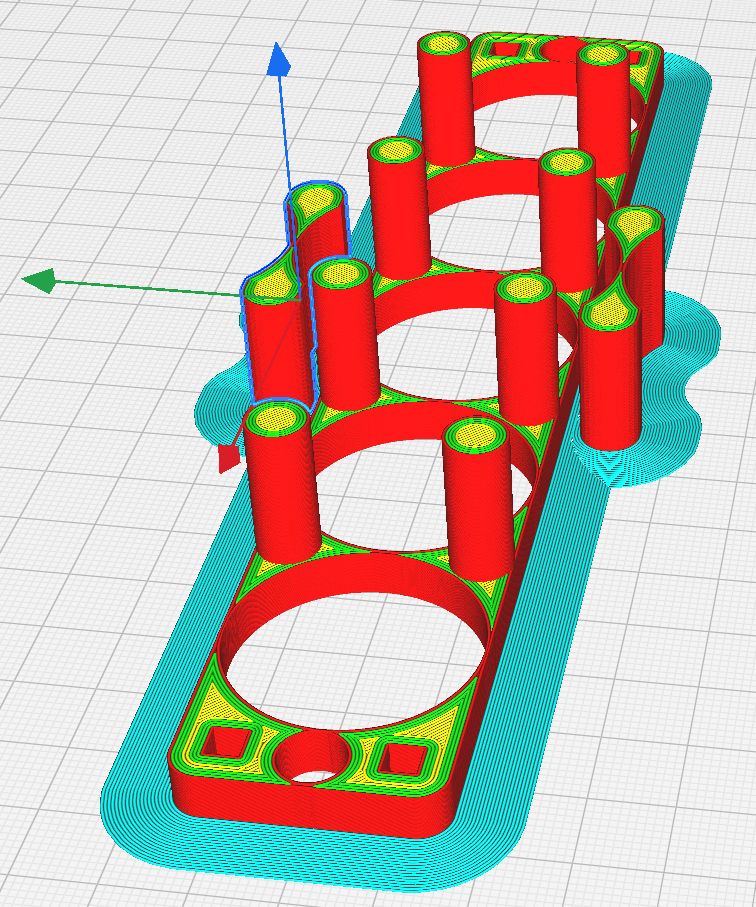
And will be held together with cable ties using the slots provided.
Open Air
I've opted for an open-air design, capacitors burst if they get too hot, these units at 105C. It's supposed to be a gentle process of gas escaping, but 40 years ago I saw one let go and it was like a bomb blast - so plenty open air for cooling. I might even add a temperature sensor to the unit, since I plan to add a few and they cost about $1.50.
Rating
I'm using JCCON capacitors, they have a reasonable reputation, and are affordable.
µF
How much to use? Such a good question, there are lots of ways to work out what you need - all sorts of energy equations, but:
- The Open Pinball Project uses 8.2mF x 3, or 24,600µF
- Cobrapin uses 10,000µF x 2, or 20,000µF
- FAST uses 30,000µF
So if I use 5 x 10,000, giving a total of 50,000µF, that should be plenty...
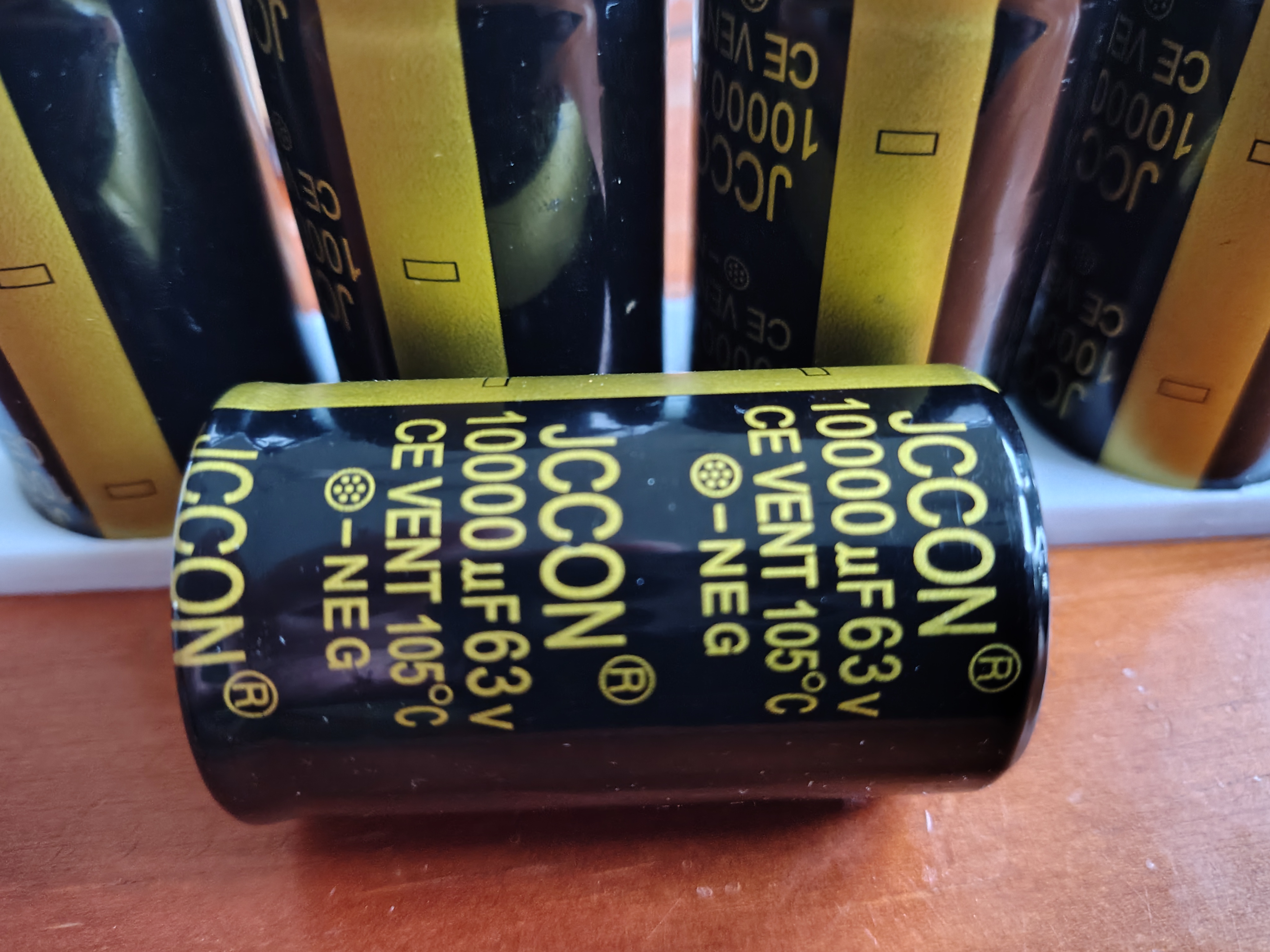
Voltage
63V is pretty common in pinball powersupplies
- Open Pinball Project 63V
- FAST 63V
- CobraPin 80V!
I'm running 38V at the moment, might have to bump to 48V though.
The bigger the positive gap between the voltage in use, and the voltage rating, the longer the capacitor will last. The bigger the positive gap, the quicker it explodes.
20% is the usual minimum gap that engineers tolerate.
Mounting
The closer the capacitor's are to the coils, the better they operate, because there is less resistance (wire) between them and the coils. So I'll be mounting the Capacitor Caddy™ under the playfield.
Cautions
Inrush current is a demon. My capacitors soak up energy very very quickly. This will blow fuses and trick smart powersupplies into thinking there is a short circuit. Neither of these situations result in a fun game. I can fix this with:
- A nasty series resistor
- An inrush current-limiting device
- Fancy electronics
Option 1. Wastes energy, but is easy and cheap. Option 2. costs a dollars and only adds a little resistance to the wiring. 3. could be complex.
An SG26 Inrush Current Limiter seems an ideal option 2. 5Ω to start off, and 0.06Ω when it's warmed up. Will handle 12A.
But
I have some 8D-15s handy. They will give me 8Ω(+/-20%) resistance, dropping to 0.178Ω. Good for 5A continuous. So I will use these and adjust fuses appropriately.
I can always add a relay to short the current limiter when the machine is up and running - there is already a watchdog for that purpose.
In Practice
The coils absolutely smash home with the Capacitor Caddy™ connected.😁. If a coil is firing, the coil voltage drops from 38 to 34, and 2 coils takes it just under 30 volts, not what I want. There is not enough current through current limiter to reduce it's resistance to minimum - leaving a couple of ohms there to drop the voltage. I will need to fit that relay. Oddly, I just fixed a 65" TV with a faulty powersupply, and surprise, surprise, it has an inrush current limiter with a relay to short it out when you turn the TV on from standby :-)
How Do Capacitors Work?
One of the easiest ways to think about them is as super-fast batteries that charge and discharge almost instantly. So while your powersupply might not have enough energy to make your coils as snappy as you would wish, it can easily charge up a bank of capacitors, and when a coil fires it still gets energy from the powersupply, but can get a huge amount from the capacitors - it's like an all-you-can-eat-as-fast-as-you-like arrangement, that relies on people (coils) filling up pretty quickly, so more food (energy) can be cooked and put in the buffet (charge the capacitors) for the next patron (coil-fire).


